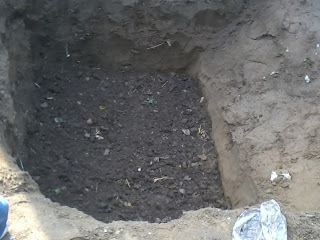Nature conservers is a strong team of 25 people which are enthusiastic, dedicated and goal oriented persons.
Let's meet them individually.
1. Nimisha Benjamin
Born on 24th July, loves to watch cricket and listening music.
2. Mritunjay Pratap Singh Yadav
Born on 28th March, interested in reading books, playing cricket and singing.
3. Devendra Kumar
Born on 30th June and loves to wander and watching movies.
4. Archana Kumari
Born on 24th November, and interested in singing, playing badminton and reading books
5. Saira Bano
Born on 20th January, and loves painting and reading books.
6. Zoya Siddiqui
Born on 13th July and interested in vermicomposting and singing
7. Ghanshyam Singh
Born on 1st July and interested in playing chess, weight lifting and listening music.
8. Sana Parveen
Born on 1st March and loves reading books
9. Suryaprakash
10. Saba Ansari
Born on 8th October and interested in watching television and cooking.
11. Seema Tiwari
Born on 17th March and loves dancing and sleeping.
12. Snigdha Dwivedi
Born on 9th August and loves reading books and painting.
13. Deepti
14. Nivedita Yadav
Born on 12th September and loves to play football and enjoys bike riding.
15. Indu Brigenza
Born on 7th September and interested in dancing, playing badminton and reading books.
16. Sarfaraz Ahamed
Born on 10th April and loves to play cricket, golf, squash, football and chess.
17. Abouzer
Born on 20th June and love sleeping, playing with science and making issues.
18. Rohit Kumar
Born on 19th October and interested in playing cricket, football and reading books about mysteries of universe.
19. Rakesh Kumar Yadav
Born on 16th February and loves playing cricket and chess.
20. Simran Tripathi
Born on 30th May and loves singing and dancing.
21. Mohd. Faisal
Born on 11th November and interested in gardening and listening soft music.
22. Jyoti
23. Rohit Jorge
24. Shubham Mishra
25. Navodita George Maurice
Born on 12th August and loves doing scientific mysteries especially playing with insects, singing, crazy things and a Platinum level author on Ezine Articles.com.



























































